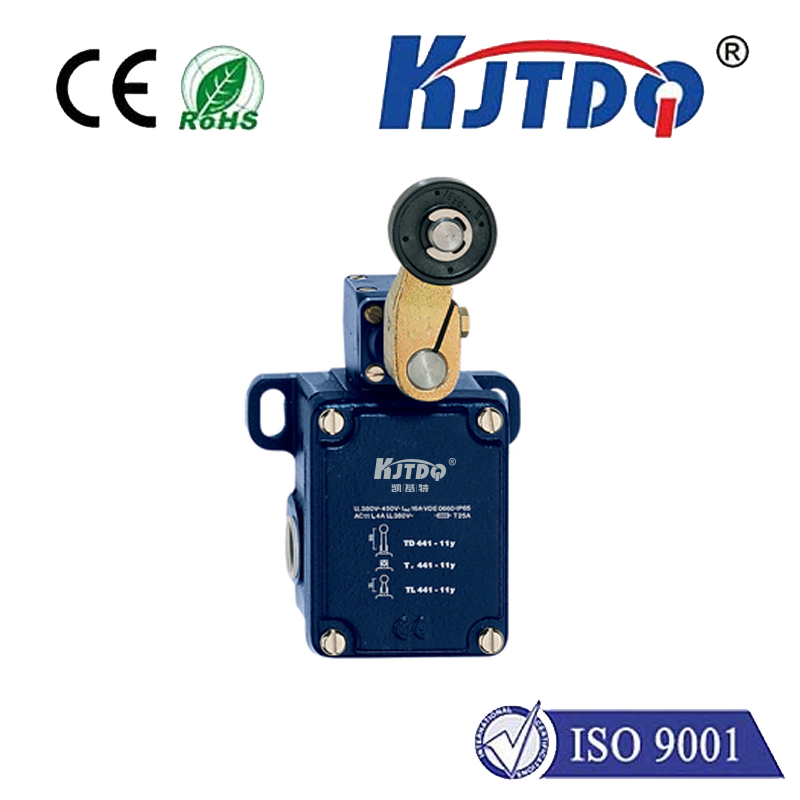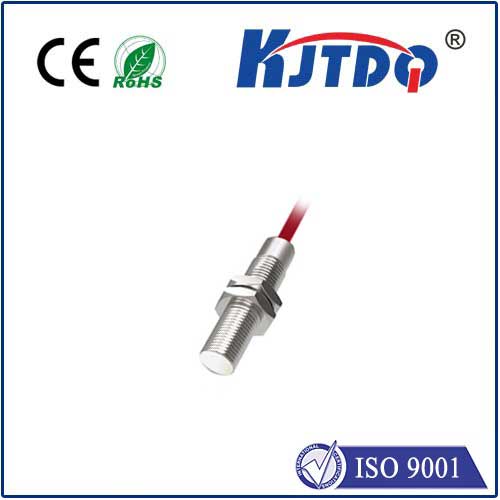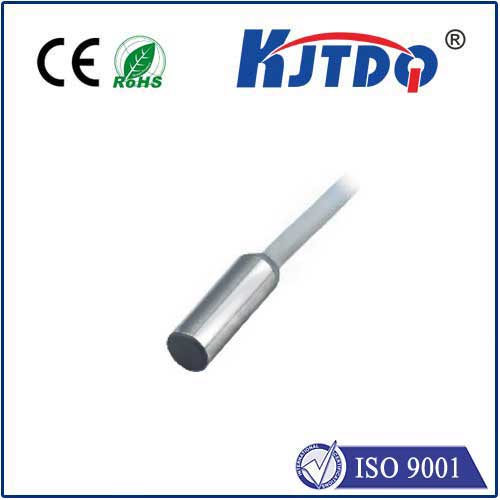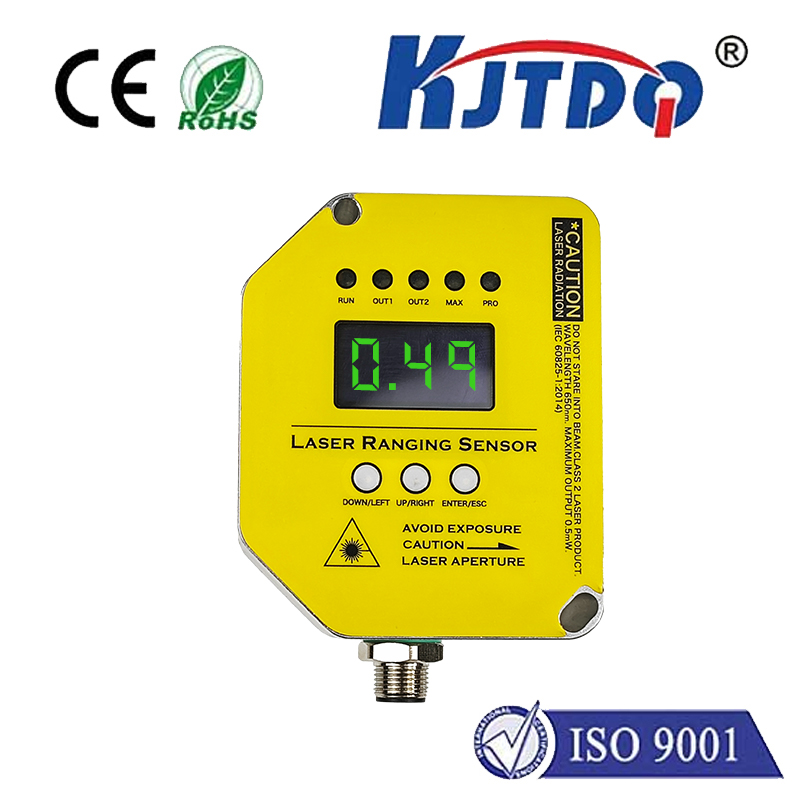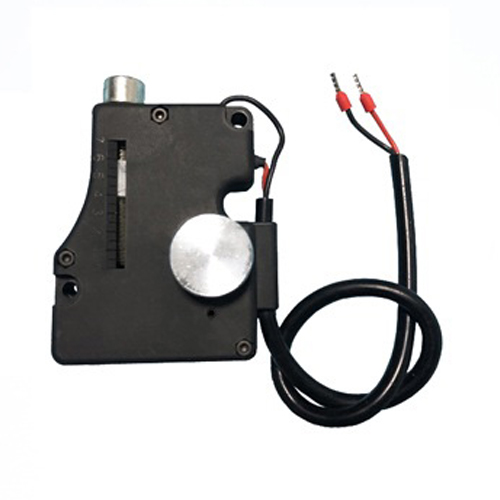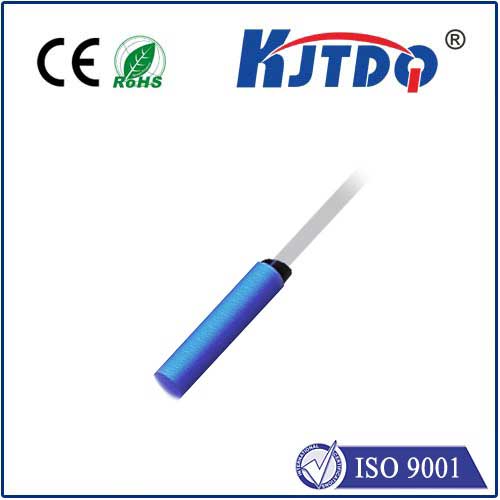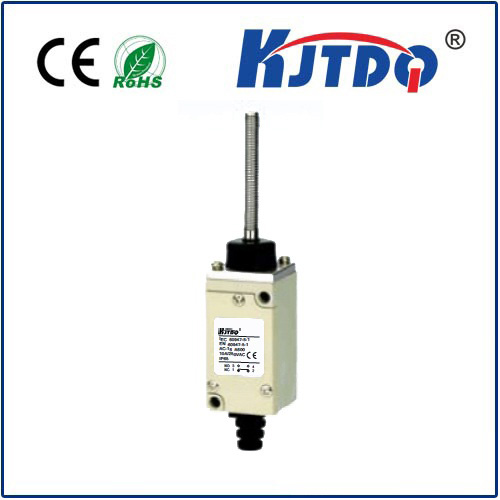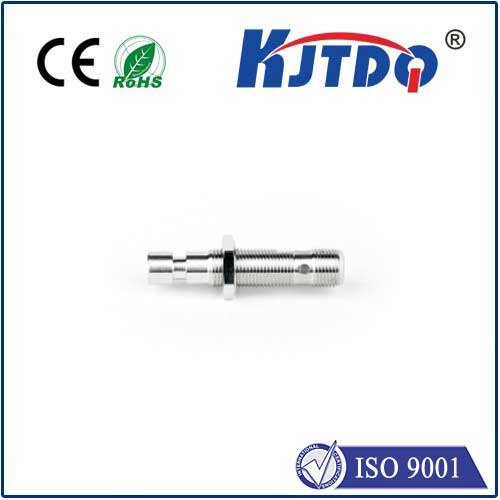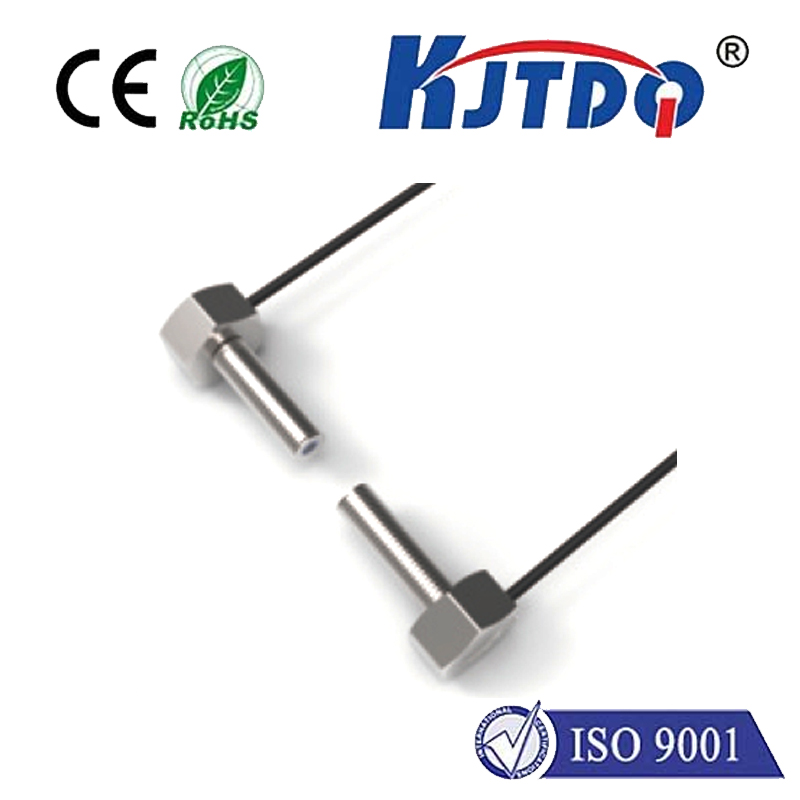

check

check

check

check

check

check

check

check

check

check
Title: Understanding Flame-Proof Limit Switches: A Comprehensive Guide
Introduction to Flame-Proof Limit Switches
In industrial settings where the risk of fire is present, it's essential to use protective devices that can withstand high temperatures without activating. Flame-proof limit switches, also known as explosion-proof or flame-resistant limit switches, are designed to protect equipment and personnel from potential hazards caused by fires. In this article, we will explore the characteristics, types, and applications of flame-proof limit switches in industrial settings.
Characteristics of Flame-Proof Limit Switches
The primary feature of a flame-proof limit switch is its ability to operate under extreme temperatures without causing a mechanical failure or an electrical malfunction. These switches are typically made of materials such as stainless steel, chrome steel, or nitrile rubber that can withstand high temperatures ranging from 500°C to 1300°C. Additionally, they are designed to be self-closing, meaning that when the temperature reaches a certain threshold, the switch will automatically close, preventing equipment from operating at risk of catching fire.
Types of Flame-Proof Limit Switches
There are two primary types of flame-proof limit switches: mechanical and electronic. Mechanical flame-proof limit switches consist of a moving mechanism ( typically a metal ball or roller) that contacts a spring when the temperature reaches a specified level. Once the contact is made, the switch will close, protecting the equipment from fire. Electronic flame-proof limit switches, on the other hand, use electronic components such as sensors to detect the presence of flame and initiate a signal to close the switch.
Applications of Flame-Proof Limit Switches
Flame-proof limit switches are widely used in industries such as chemical processing, mining, power generation, and oil refining, where the risk of fire is prevalent. Some of their specific applications include:
1. Protection against hot gases and sparks produced during operations.
2. Safety systems for boilers, heaters, and other equipment that may catch fire due to overheating or other causes.
3. Control systems for conveyor belts and other machinery that could potentially start fires if not properly maintained.
4. Fire alarm systems that trigger automatic shutdowns in case of detected flames.
5. Preventive maintenance procedures for machinery that require regular inspection and calibration to ensure proper functioning and prevent fires.
Conclusion
Flame-proof limit switches play a crucial role in protecting people and equipment from fire hazards in industrial settings. Their design features make them suitable for use in high-temperature environments, while their various applications ensure their usefulness in different sectors of industry. By selecting the right type and size of flame-proof limit switch for your needs, you can help prevent workplace accidents and maintain safe working conditions for everyone involved.
